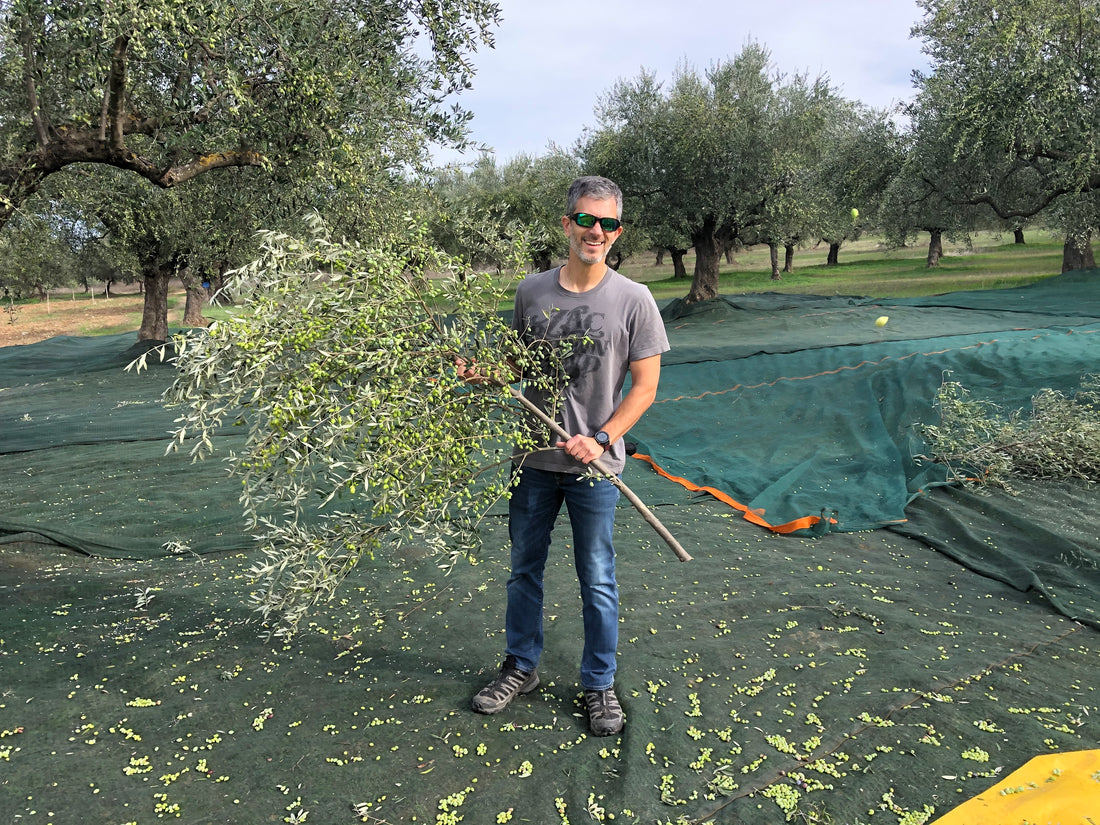
Early Harvesting Matters
Share
Five years ago, we began to push the boundaries of the traditional harvest timelines in our region. Traditionally, most producers would begin their harvest in late-November and continue through to February. It was highly unusual to find anyone harvesting prior to the middle of November. A few years ago, we asked the mill to open in early November and the following year, we asked about the beginning of November. This year, we started even earlier in mid-October. Indeed, our harvest was done by mid-November, when most others were just beginning.
There are a number of reasons that make an earlier harvest beneficial and one main reason why everyone doesn’t follow the same schedule. First, the positives:
- The weather is far more predictable and forgiving. As fall trickles into winter, extended bouts of rain make for inconsistent harvesting schedules.
- The available workforce is far more plentiful and experienced. The best workers are in high demand later in the harvest season leaving less experienced and less efficient laborers.
- Less time between harvest and pressing. There’s no queue at the mill to have our olives pressed. Furthermore, we have maximum control over milling and pressing variables, including temperature and time in malaxation.
- Oil quality is significantly enhanced. Polyphenol levels are higher and acidity levels are lower.
- Taste is more complex with enhanced fruit notes and more varied taste profiles.
- Less susceptibility to harvest-destroying pests or diseases. Harvesting before peak pest activity minimizes the impact of pests or disease.
- Less fruit loss. As the olives ripen, they begin falling off the trees to the ground.
The only counter to harvesting early relates to the yield. Typically, as olives ripen, the percentage of oil in the olive increases. The standard yield for olives at peak ripeness is typically around 20%. In other words, 5 pounds of olives yield 1 pound of oil. Harvesting earlier, however, results in lower yields of 11% - 15%. To understand this more directly, if a farmer were to harvest 10,000 lbs of olives at peak ripeness, the resulting oil would be approximately 2,000 lbs of oil. Harvesting this same amount earlier, however, would result in about 1,300 lbs of oil. Since the price of the bulk oil is the same, regardless of the harvest time, this is a massive difference to producers that sell their oil in bulk.
Unfortunately, the bulk rate market hasn't matured to allow for differentiated pricing for early harvest oils and later oils. We're seeing the very first signs that this may change, however. A few more producers were harvesting earlier this year and they were selling their earlier harvest oil at higher rates. Certainly, the volume being produced wasn't enough to cause any major shifts... not yet.
As the market for extra virgin olive oil continues to progress and the price for early harvest oil increases along with the demand, we’re guessing that we won’t be quite as lonely in the fields in late October.
In the meantime, we'll keep pushing the boundaries.
